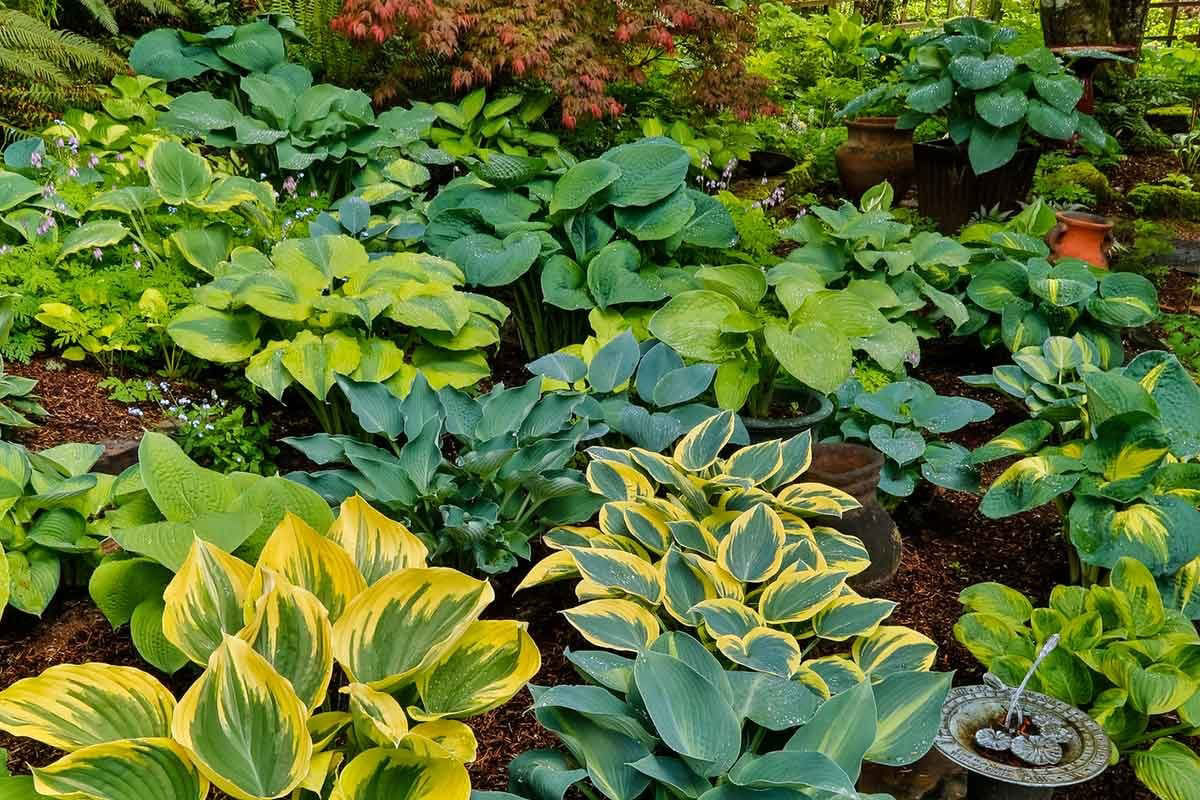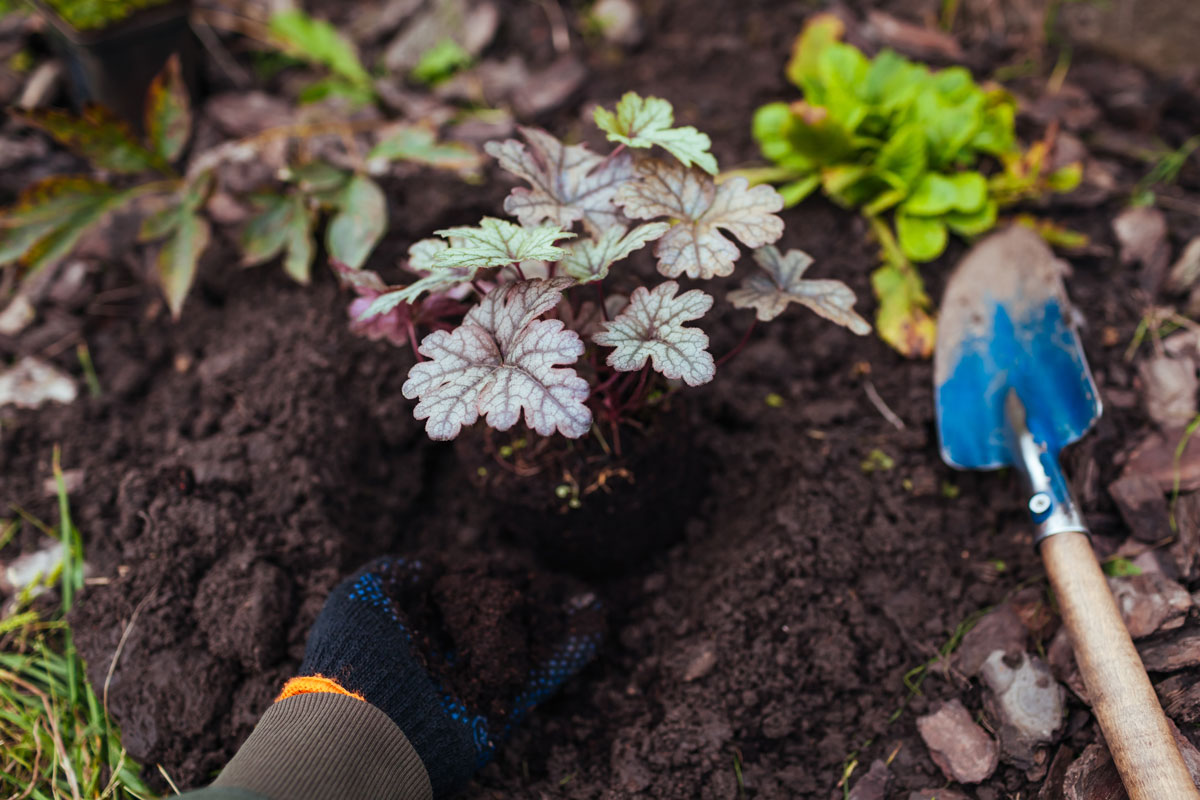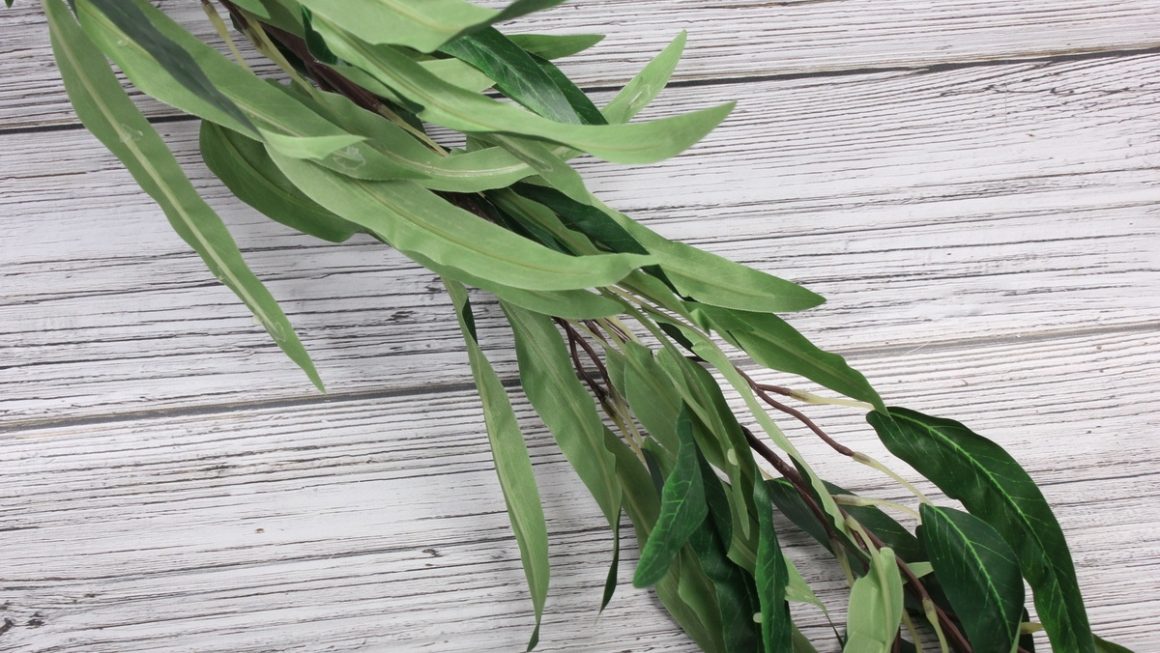Autumn is here with its misty mornings and golden leaves, transforming every corner of the garden into a living painting.
But why spend hours watering and maintaining your garden when you can take advantage of this season to structure your landscape while supporting biodiversity? Every year, many people miss the boat and deprive themselves of a fascinating natural spectacle, either due to a lack of information or for fear that their green space will become a desert for birds. What if the key lay in choosing robust local perennials, which transform even the smallest flowerbed or border into an unexpected refuge for a whole host of birds without the need for watering?
Focus on autonomy: when local perennials take root for you
Autumn, and particularly mid-October, offers ideal conditions for planting perennials in your landscaped garden. The soil retains the warmth of summer and is sufficiently moist after the first rains, making it easy for plants to take root. No more juggling with the watering can: nature takes over.
Opting for plants that are native to our region, such as sedum, blue fescue or santolina, allows you to create drought-resistant flower beds or borders that do not require any watering in summer. These perennials have developed a strong root system, capable of drawing moisture from the soil even when the lawn is turning yellow! This autonomy frees you from tedious tasks, while ensuring a green, elegant and lively structure, from Mediterranean gardens to the most classic urban lawns.
Why autumn is the ideal season for hassle-free planting
Between mid-October and early November, the soil in French gardens is ‘just right’ for encouraging rooting before the cold weather sets in. Natural moisture and mild temperatures combine to ensure successful, stress-free planting. Perennials have several months to settle in peacefully and offer a lush backdrop come spring.
How perennials such as stonecrop, blue fescue and santolina do without watering
These plants are distinguished by their low water requirements, resistance to dry soils and ease of maintenance. Stonecrop spreads its star-shaped flowers, blue fescue weaves dense cushions, and santolina perfumes the air with its yellow globes while repelling certain pests. The result is a natural design and a clever alternative to traditional lawns that will not be discouraged by drought.
Creating the perfect home for local birds
By planting these local perennials, the garden is no longer just a source of beautiful, subtle colours: it becomes a haven for local wildlife, starting with the birds that frequent the area throughout the autumn, fond of sheltered spots and food within beak’s reach.
Ideal hiding places: stems, foliage and shrubs that are sure to attract birds
Perennial shrubs provide volume, density and safety for birds. Among the upright stems of fescue grass or the carpets of stonecrop, tits and robins find discreet shelter from the wind, rain and predators. Structured flowerbeds also provide shade, creating valuable resting areas for all the winged inhabitants of the neighbourhood.
Feeding birds naturally: seeds, berries and insects in your garden
By allowing the stems to grow and a few flowers to dry, you can feed the birds naturally. The seeds produced by stonecrop or blue fescue become nutritious feasts, while the presence of flowerbeds provides insects with ideal shelter, contributing to a complete food chain. This is true landscaping that promotes biodiversity, without any extra effort!
Recycled wood and clever structures: creating an inviting space with minimal effort
Adding natural materials, such as recycled wood, accentuates the lively character of the garden while defining and enhancing the planted areas. There’s nothing like a pallet border or large branches to structure the space, guide the eye and provide improvised perches for birds.
Use branches or pallets to define, shelter and enhance perennials
A few dead branches, simply laid down, act as elegant natural barriers and provide shelter for discreet wildlife. For the more creative, old pallets, when positioned well, can structure a slope, protect a terrace or form refuge areas in the heart of the flowerbed. A natural design at a low cost, perfect for small and large gardens!
Create more wild corners that appeal to birds and inspire the eye
Let part of the garden ‘live its own life’: a pile of dead leaves, an unmowed corner of the lawn, or an accumulation of branches. These little refuges create real ‘wild corners’ where blackbirds and tits will come to peck and shelter, while giving the landscaped garden a poetic and relaxed feel.
Simple steps for a garden that stays alive throughout autumn
As the sun sets lower in the sky, the garden continues to thrive, from the lawn to the flower beds. A few simple actions are all it takes to preserve life and colour until the last frosts.
Let nature take its course: mulching, dead leaves and no pruning
No more autumn chores! Just let the dead leaves decompose on the edges or in the flowerbeds. This natural mulch protects perennials from the cold, retains moisture, enriches the soil and, as a bonus, feeds insects and birds. Avoiding pruning also helps to maintain hiding places and natural seeds.
Observe, listen: the magic of birds that invite themselves in and transform the atmosphere
October-November also marks the return of aerial ballets in gardens. A simple bench, a cup of herbal tea in hand, and the show is free: noisy robins, curious tits, passing finches, all come to brighten up the humblest of terraces or the most bucolic of hedges. An unexpected gift from carefully chosen perennials.

A lasting interlude: combining style, biodiversity and tranquillity
By focusing on robust local perennials and clever structures made from recycled wood, the whole balance of the garden evolves. The flowerbeds take on new dimension, the borders come to life, the lawn regains its appeal, and biodiversity establishes itself naturally, without effort or extravagant expense.
What your garden, the birds and the planet gain from this clever choice
Less water wasted, zero maintenance stress, a natural refuge for birds and the pride of a landscaped garden that evolves with the seasons: that’s what you get. Set between flower beds and wild corners, your outdoor space becomes zen, warm, lively and totally unique, true to the spirit of the best urban or Mediterranean gardens.
Practical tips and ideas to further enrich your refuge each year
Each autumn, simply diversify the local species, enlarge the flower beds or add a new wooden structure. Focus on rotating perennials, introduce a few native berries, or let a lawn turn into a temporary meadow. The possibilities are endless for creating, redesigning, or simply contemplating your haven of peace, season after season.
Over the years, investing in easy-to-grow perennials, structuring with recycled wood, and letting nature take its course truly transforms the landscaped garden: it becomes more welcoming, more poetic, and above all, much more alive! Why not use this autumn as an opportunity to give your outdoor space that sustainable touch, where birds and plants coexist in a setting that requires no watering or maintenance?




